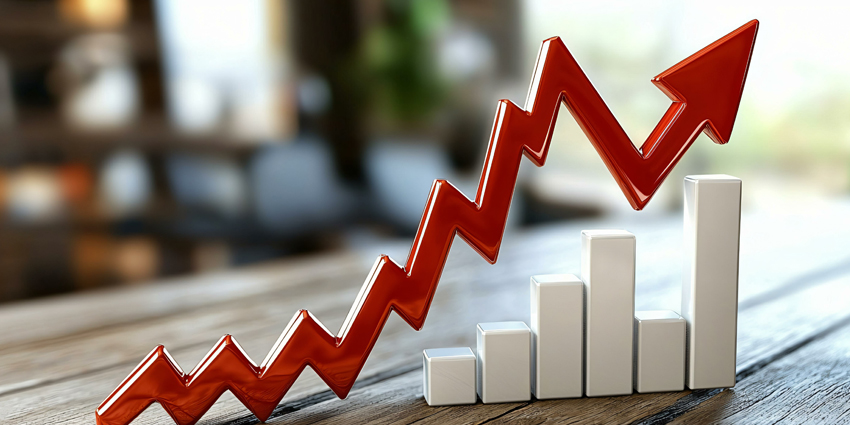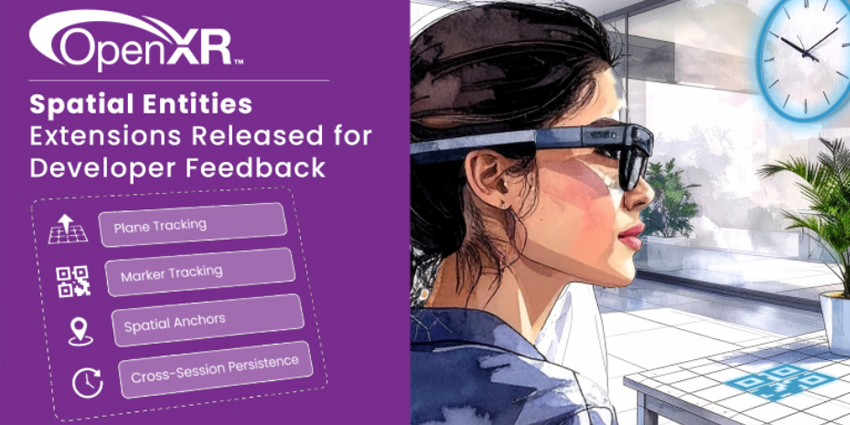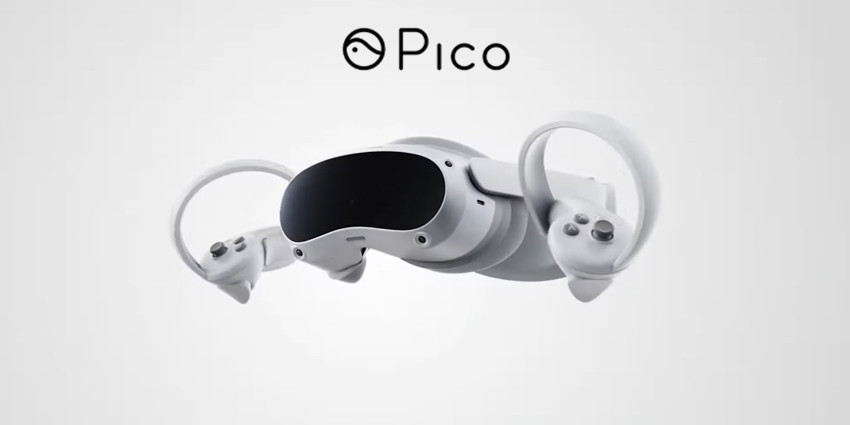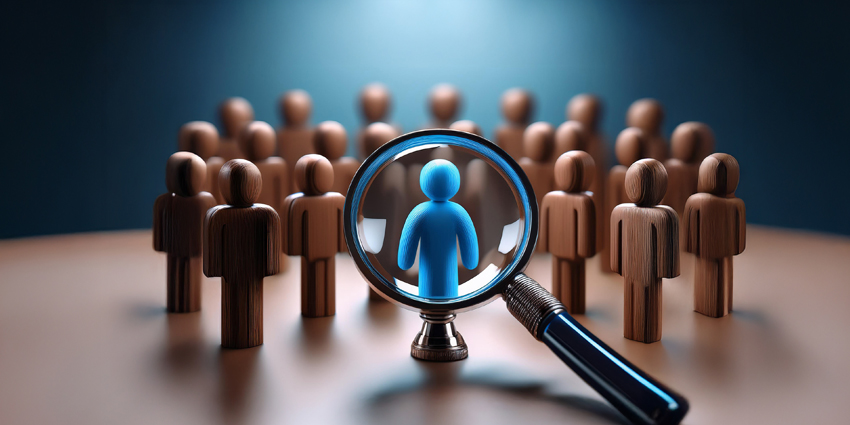What is a digital twin? If you’ve ever worked around the manufacturing or engineering landscape, you may have heard this term referenced in discussions about AI, XR, and Industry 4.0. Digital twins are rapidly emerging as one of the most valuable tools linked to the Fourth Industrial Revolution.
While these concepts started life as relatively simple virtual replicas of processes, tools, and technologies in the industrial world, they’ve grown increasingly more advanced in recent years. As innovations continue to take place in the metaverse, XR landscape, and artificial intelligence space, digital twins have become a core part of the manufacturing technology stack.
Currently, the global market for digital twin technology is expected to reach a value of $73.5 billion by 2027, at an incredible CAGR of 60.6%. So, what are digital twins, and why are they gaining so much attention today?
What is a Digital Twin? The Basics
A digital twin is essentially a virtual replica of a physical object, service, or process. Models can be created to represent physical items in the real world, such as a wind farm or engine, as well as entire buildings and cities. It’s also possible to use digital twin technology to replicate processes so that companies can collect data on the results of specific workflows.
Digital twins are built using computer programs, leveraging real-world data to design simulations which predict how a process or product will perform. These solutions often work alongside numerous other technologies from Industry 4.0, such as artificial intelligence, data analytics, and the internet of things.
Indeed, advancements in data collection and AI have made digital twins a common component of driving innovation and improving performance. Some of the common types of digital twins now used in industrial processes worldwide include:
- Component/Parts twins: Component twins replicate the functioning of a specific part of a process or technology for analysis in the virtual world. For instance, a system might help companies in the gaming industry to examine how images will render in a game.
- Asset twins: Asset twins are typically used to evaluate how different components will work together in a process or device. They examine the collaboration between different solutions and help companies to improve productivity and efficiency.
- System or unit twins: Unit or system twins replicate an entire solution within a digital environment. This allows companies to examine how all of the different aspects of a solution might work together in closer detail.
- Process twins: Process twins examine the processes involved in a production, manufacturing, or engineering space. They help companies to determine whether all systems are synchronised enough to operate at peak performance.
How Do Digital Twins Work?
The exact functionality of a digital twin will vary depending on the use case and goal of the project. In virtually all cases, the lifecycle of a digital twin begins with data. Experts in the data science space collect information about a system or process to develop a mathematical replica.
Physical products behind the digital twin will be fitted with sensors which can produce consistent data about everything from energy output to potential errors and issues. Once informed with this data, virtual models can run simulations, generate potential insights, and suggest possible improvements.
Digital twins can be as simple or complex as the system requires. Different amounts of data will determine how accurately the model can simulate a real-world physical version of a product or process. Twins can also be used with prototypes to accelerate production and ideation.
Which Industries Use Digital Twins?
Digital twins are most common in the manufacturing landscape, as well as in other industrial environments such as engineering and production. Automobile manufacturing, aircraft production, railcar design and many other sectors benefit from the use of digital twins.
However, it’s also possible for various other groups to benefit from the advantages of digital twin solutions. For instance, healthcare and pharmaceutical organisations can use digital twins to predict how a new medication or treatment might perform. Energy and power companies can use digital twins to make their processes more efficient and reduce their carbon footprint.
In recent years, companies have also begun creating digital twins of office spaces for the XR landscape to support better collaboration and ideation in a range of different enterprise environments.
The Benefits of Digital Twin Technology
Digital twins can benefit a variety of different processes and industries, assisting professionals in the automotive, healthcare, power generation, and various other landscapes. The technology has already been used to solve various challenges, such as ensuring a sustainable energy system runs smoothly. Digital twins also allow companies to investigate ways of making products more durable and safer.
Some major benefits of digital twin technology for companies include:
- Improved R&D: Digital twins allow for the rapid research and development of products, with the ability to collect large amounts of data related to potential processes and production outcomes. The information collected via a digital twin can help companies to make better decisions about how to innovate.
- Greater efficiency: Even following the production of a new product, digital twins can help to monitor systems and performance. This allows companies to maintain and achieve peak efficiency and productivity levels throughout the production and customer success process.
- End-of-life management: Digital twins can assist manufacturers and business leaders in deciding what to do with products which reach the end of their product lifecycle. They can help with recycling equipment and making sure companies remain energy efficient.
- Innovation: Digital twins help companies experiment with products and processes which might be too risky or time-consuming to manage in person. They can allow for rapid innovation and creation with minimal waste.
As companies look for ways to reduce resources, improve efficiency, and improve processes, digital twins are poised to experience rapid and continued growth in the years ahead.







